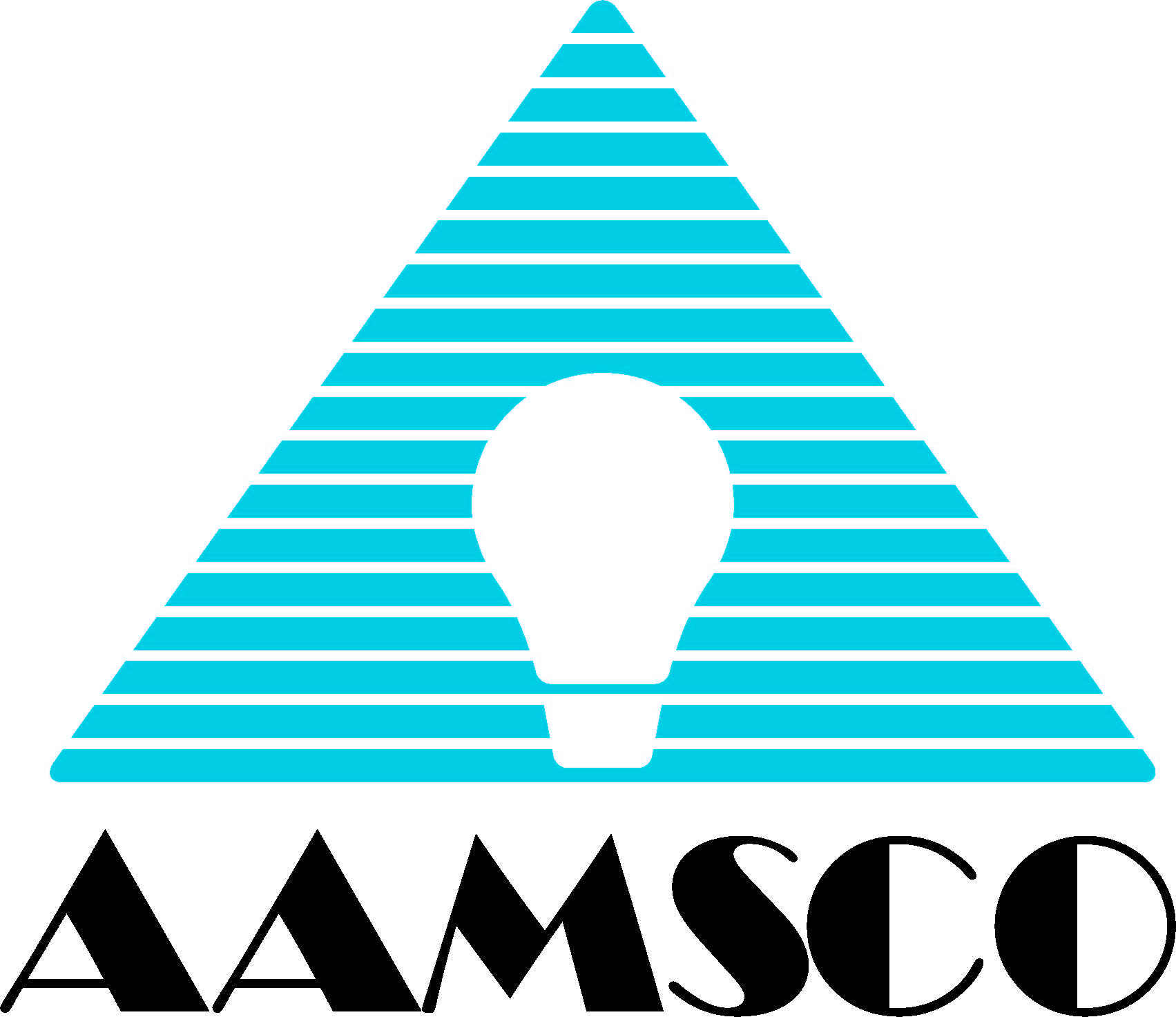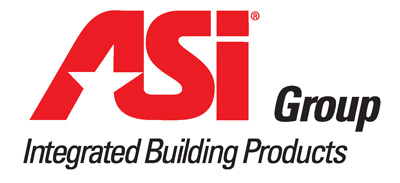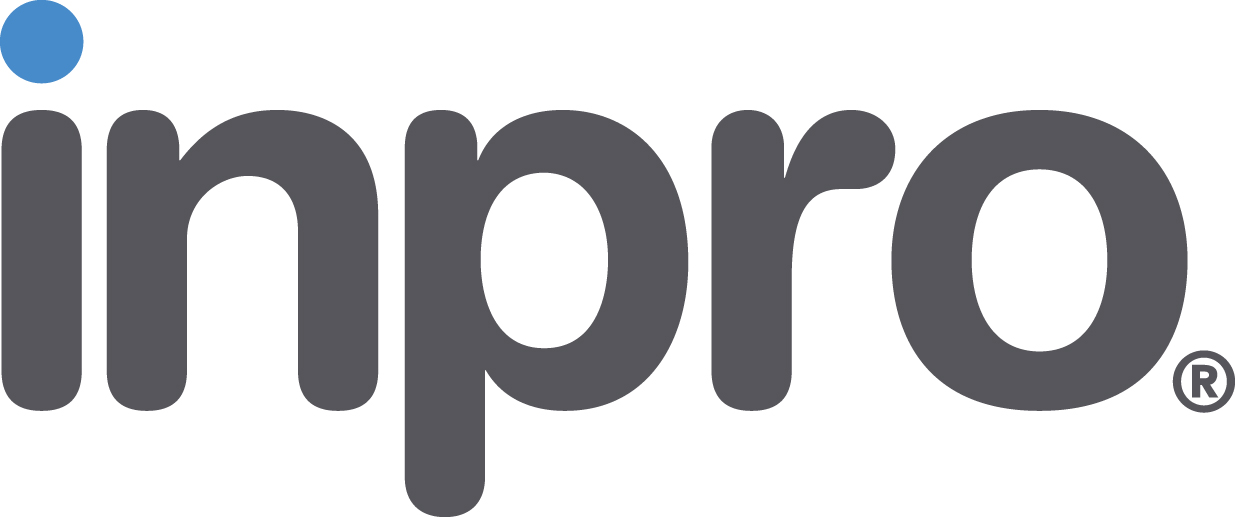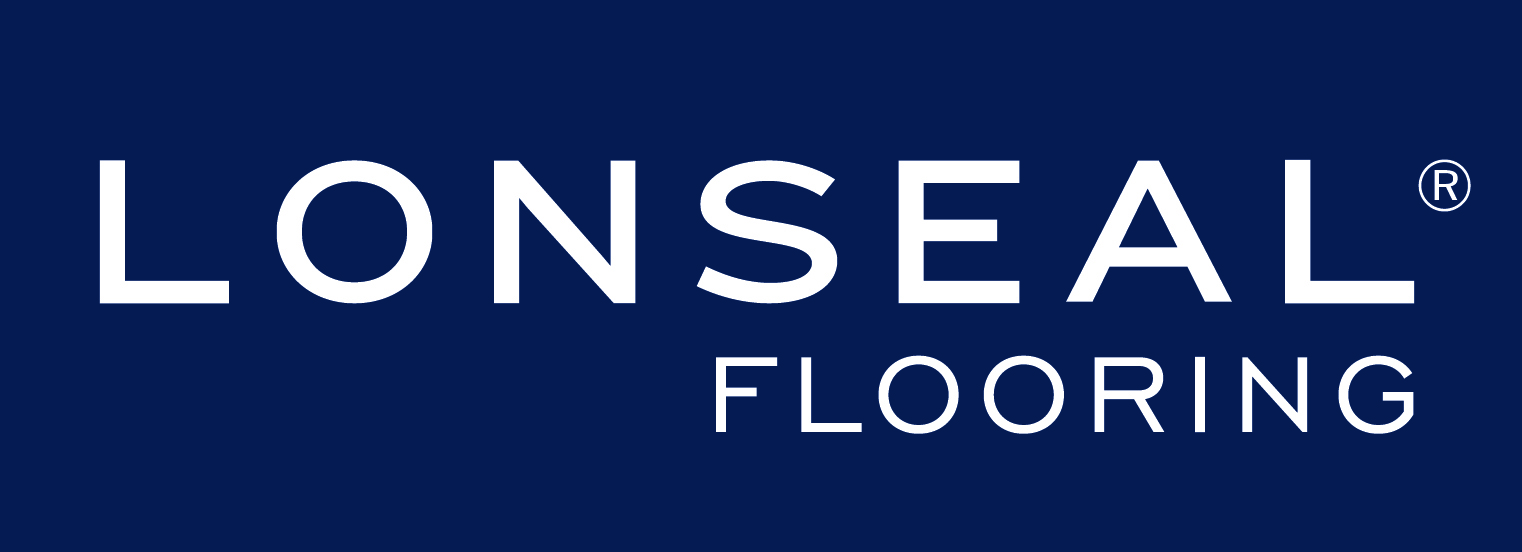Healing Environments for Health Care
EFFECTIVE INTERIOR LIGHTING
In the quest for hospitals and outpatient facilities to make patients feel more “at home” while still meeting the needs of medical and health-care staff, interior lighting is a significant factor. Further, lighting design must also meet the infection-control and electrical requirements to support the equipment needed for procedures. With all of this in mind, we can look at some specific interior lighting strategies as follows.
Layered LED Lighting Design
Within all health-care settings, there are several layers of lighting needs. Care providers need task lighting for better visual acuity, and the commonly bright lights in these settings provide that. However, patients are more comfortable with different levels of lighting and some ability to control it. That can include lighting that is dimmable, indirect lighting, or location-specific fixtures that put the light only where it is most needed. Further, safety lighting is needed, particularly in overnight facilities where low-level, low-brightness, and color-selected light is not disruptive to sleeping patients.
The incorporation of layered lighting, including decorative lighting, makes a noticeable difference in meeting the multiple needs of patient rooms. One approach is to incorporate cove lighting to provide indirect illumination on ceilings and behind patient headboards for comfortable glare-free ambient light, decorative wall sconces can provide a home-like atmosphere and offer sufficient task lighting. Ceiling and safety lighting can be added to this scheme as needed to create a total lighting design.
Outpatient facilities are also paying more attention to their lighting design, particularly in check-in areas and lobbies. The incorporation of decorative pendants over reception areas communicates an updated contemporary design. Architectural lighting, along with decorative luminaires, offers smooth lines and easy-to-clean surfaces for a sleek, modern aesthetic.
All of these different lighting fixtures of course raise the question of light color and energy use. Both concerns are increasingly being answered with the rapid advancement of some very sophisticated LED lighting products. The color of the light is inherently controllable in LED fixtures, such that warmer-colored lighting (e.g., 3000K) can be used where appropriate for a more “homey” look, while brighter and whiter lighting (e.g., 6000K) can be used for high lighting needs. Energy efficiency comes from the very low energy-usage needs of LED lights to produce the same or more light output (lumens) as other types of fixtures, such as fluorescent, halogen, or incandescent.
LED Lighting Controls
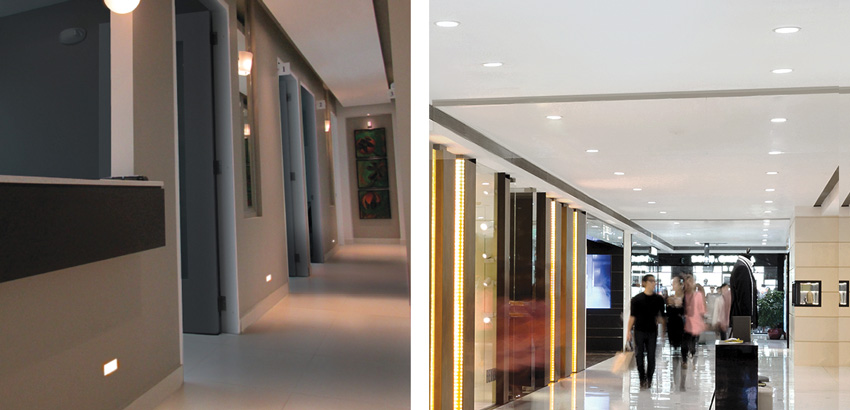
Photos courtesy of WAC LIGHTING
Different conditions and spaces in health-care facilities require different layers of light to be designed. LED lights offer a variety of options to achieve just that.
One of the benefits of LED lighting is that it is very easy to provide controls in any room to dim or switch on/off the fixtures. This provides patients with more autonomy over their environment, resulting in an improvement of their personal comfort and satisfaction. Further, it offers care providers options for lighting when checking on patients at different times of the day or night. So, hourly checks may still be required, but the entire room should not need to be illuminated for routine actions like checking blood pressure, etc.
Designing lighting for human welfare in health-care projects also means utilizing light sources that can provide full-spectrum light, similar to daylight. Some LED luminaires can be color tuned to adjust the spectrum and brightness of light throughout the day to emulate changes in natural daylight. Studies show that patients exposed to natural daylight have better recovery outcomes, while exposure to blue and bright light inhibit the body’s natural production of melatonin, the hormone responsible for sleeping restfully through the night.
WAC LIGHTING President Shelley Wald comments on the relationship between light and rehabilitation. “Many health-care facilities are seeking certification to maximize the well-being of patients, employees, and other visitors. Therefore, the lighting in patient rooms is being designed around the visual comfort of the patients, while providing caregivers with visual acuity and enhancing circadian rhythms for personnel working the day or night shift.” Recognizing this approach, health-care spaces can be beautifully enhanced with architectural and decorative lighting that provides patients with the best possible outlook, well-being, and recovery.
Infection Control
For optimal lighting design, a key requirement is the ability to spray and wipe to disinfect lighting fixtures and other materials directly contacted by patients, visitors, and employees. Lighting built into coves and case-goods also needs to be regularly disinfected. LED lighting responds to these needs with smooth surfaces and protective damp- and wet-location finishes that can be regularly cleaned. Fixtures can be specified with specialty powder-coated finishes that actually deter and restrain the growth of bacteria on their surfaces, while others can be specified with materials that have been shown to be antimicrobial. Beyond the fixtures, the controls for lighting can address infection control as well. Incorporating motion sensors, vacancy sensors, and time-scheduled controls make it possible to limit contact with switches that may spread infection.
CONCLUSION
Health-care facilities are trending toward providing more comfortable, welcoming environments for patients, staff, and visitors. Manufacturers are offering products that support that trend while still meeting the requirements for hygiene, durability, and sustainability. Design professionals who stay up to date on these trends and offerings can provide better health-care facilities to support client goals and improve user experiences.
View Course Libraries for:
Notice

www.aamsco.com/mirrors/wheelchair-medicine-chest


www.inpro.com

www.kohler.com

www.lonseal.com

www.waclighting.com





